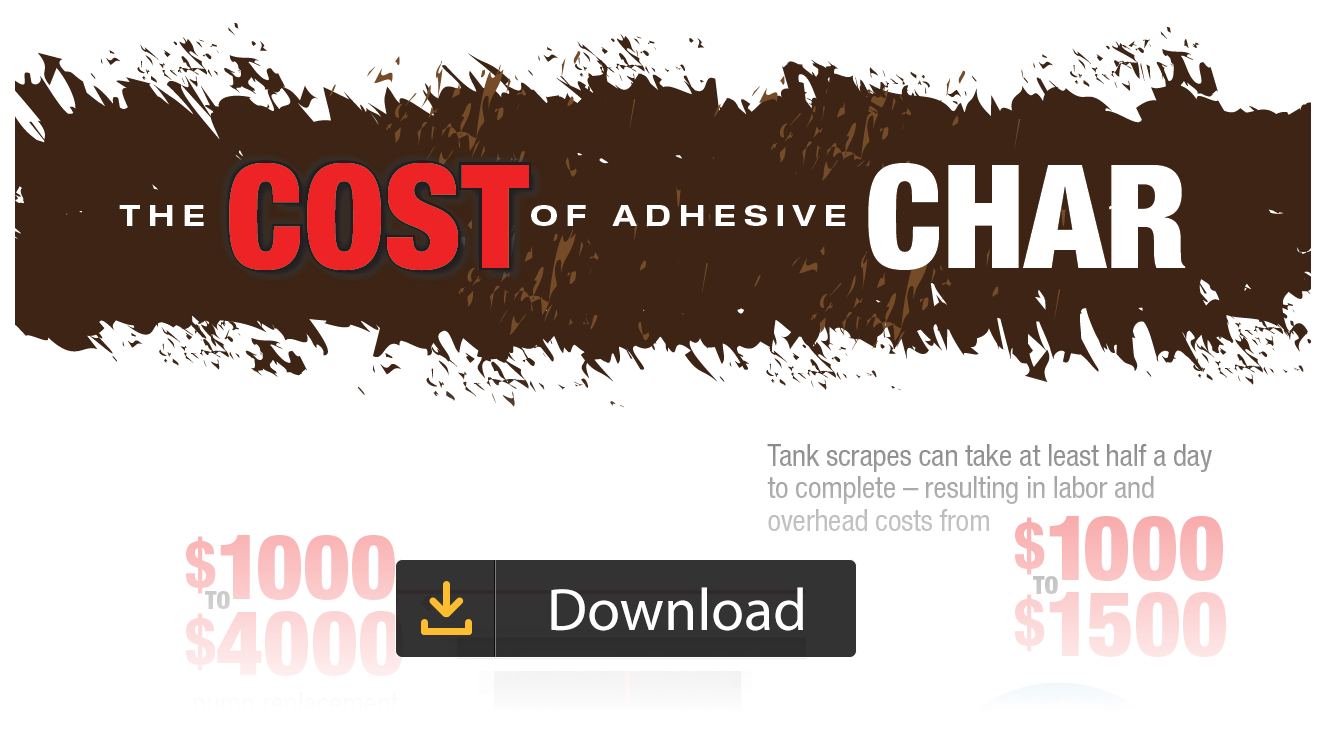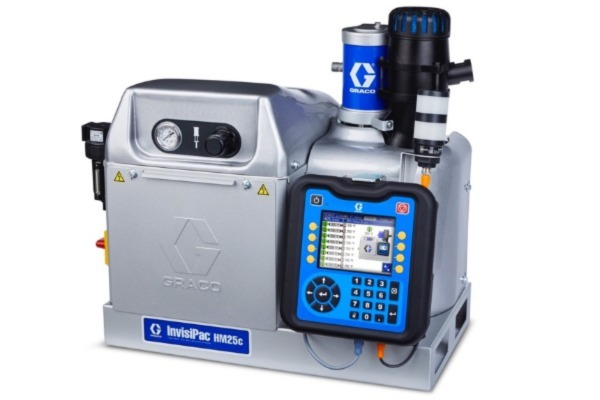The Cost of Hot Melt System Cleaning & Maintenance
Maintenance costs can quickly add up in end-of-line packaging. Here's how to avoid unplanned downtime and replacement parts costs.
Reactive Vs. Proactive Hot Melt System Maintenance
For end-of-line packaging applications, production issues typically dictate most hot melt glue system maintenance efforts. Fighting to keep adhesive char at bay for systems with a tank-based melting process is a constant battle. These reactive maintenance events often result in costly downtime and create a “fire sale” situation – where maintenance managers are overnighting the needed replacement parts and potentially flying-in equipment experts to get packaging lines back up and running.
If the system has been neglected for too long, a simple system purge and filter replacement may not be enough. It is not uncommon for a hot melt glue system to require a complete disassembly. Individual parts are either replaced or submerged in hot oil to remove char located in dead corners of the parts that can’t be flushed. Once completed, the system will be reassembled with replacement seals and recalibrated.
Developing a proactive maintenance process for hot melt equipment is the best approach for facilitating maximum uptime. Larger facilities with 10-15+ lines must rely on a solid proactive maintenance process to keep their lines running. These facilities often have dedicated personnel on staff to clean and purge hot melt systems on a predetermined cycle.
Hot Melt Tank And Nozzle Cleaning
While there are significant costs associated with a reactive maintenance event, there are still measurable costs associated with proactive hot melt maintenance. For each system purge, there are multiple cost elements:
- Wasted adhesive from hot melt purge – up to 10 lbs. for larger tank-based systems
- Cleaners (paraffin wax, peanut oil, vegetable oil) - removes char stuck to walls of melters, hoses and applicators
- Downtime - systems may require multiple cycles with new cleaner to adequately remove adhesive char
- Replacement parts – includes new filters, nozzles and seals
- Labor – system cleaning personnel on-staff or a specialized 3rd party resource
These cleaning events will also take time and require the entire line to be down. On average, it takes up to 4 to 6 hours to effectively purge a tank-based hot melt glue system, clean the tank, hoses and applicators and change filters, seals and nozzles. While these costs add up, they are still much less than the costs of a reactive maintenance event.
How Often Is Maintenance Necessary?
It is always recommended to follow the suggested maintenance schedule suggested by the equipment manufacturer. However, the frequency of hot melt system maintenance often depends on the specific application, production environment and hot melt equipment in the line.
For example, a US-based flea/tick carton manufacturer using a tank-based hot melt system requires a system purge every 3 months. This facility is only running on a four-day workweek and processing a relatively low (600 pounds of glue through system per year). The facility is also a clean environment with no excessive paper dust or other significant contaminants. Without the typical contamination factors, it is likely that the system itself and the adhesive temperature control are creating this maintenance frequency scenario.
The Cost Of Adhesive Char
Stay Informed
One of the best ways to develop and maintain hot melt equipment is to stay informed of maintenance options and best practices. In addition to equipment manufacturers and trade publications, staying connected to other facilities within your organization can provide helpful insights into process improvement and new equipment options.
Even within the same company, facilities can use different equipment to perform the same end-of-line packaging applications. In some cases, these facilities could be less than a mile away from each other or the corporate headquarters. While plant managers may share some information with each other, it may not be communicated to the engineering or maintenance personnel at the plant level to help prevent maintenance issues that increase cost and decrease productivity and profitability.
Related Articles
Reduce Energy Consumption by 36 Percent
How much energy can be saved when dispensing hot melt adhesive with the InvisiPac HM10? An adhesive solutions company put Graco’s hot melt delivery system to the test for cardboard packaging.
Industrial Networking 101
How does equipment in a factory spray line, dispense line, or other assembly line know what to do and when? Get a birds-eye view of how industrial networking and automation works.
InvisiPac Optimizes QED Environmental System’s Packaging Process
"We have had to do zero maintenance. It does what we need it to do, and is one less thing to worry about," says manufacturing engineer about the hot melt system .








